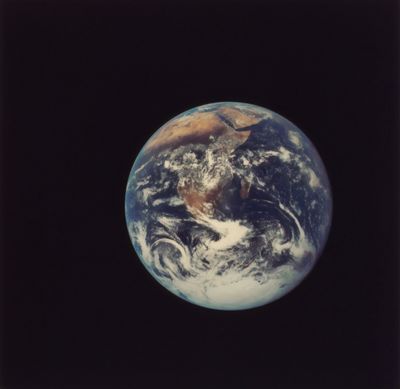
The Most Important Ingredient to any Interactive Media Project
I once wanted nothing more than to fly.
Not just fly though, but to go to space. I couldn’t help but have this dream. I grew up in Cocoa, close to Cape Canaveral and the Kennedy Space Center. I watched shuttle launches live. I saw Space Shuttle Discovery up close on a tour of the Space Center, thanks a family member who worked there.
I was in love with the thought of it all, but as it turns out I had poor eye sight and wasn’t that solid in math or science. Not a good combination for want-to-be astronaut.
But that’s all right. Everyone has their place in the world, and I can still live the dream through photos and video footage. Excellent documentaries on the space program, like Discovery Channel’s When We Left Earth, also allow myself and other want-to-be astronauts relive the story of space exploration. If you check out the website, it does a nice job of providing users with some interactive features. Users can explore a quiz, video clips, photos and audio messages chronicling the memories of people who watched the missions from Earth.
As I watched one of the documentary episodes last night, a line by one of the astronauts reinforced one of the biggest ingredients to a successful interactive media project and its story. The episode told of the tale of one of the Apollo Eight mission, and the first time America viewed the moon.
After Astronaut William Anders took his famous photo, “Earthrise,” he said:
“It’s ironic. We went there to explore the moon and we rediscovered Earth.”
That’s what you have to do with interactive media projects and stories. Never forget to take people where they can’t go. It lets them rediscover things, and live dreams they may not have a chance to live.
Image by The New York Public Library.